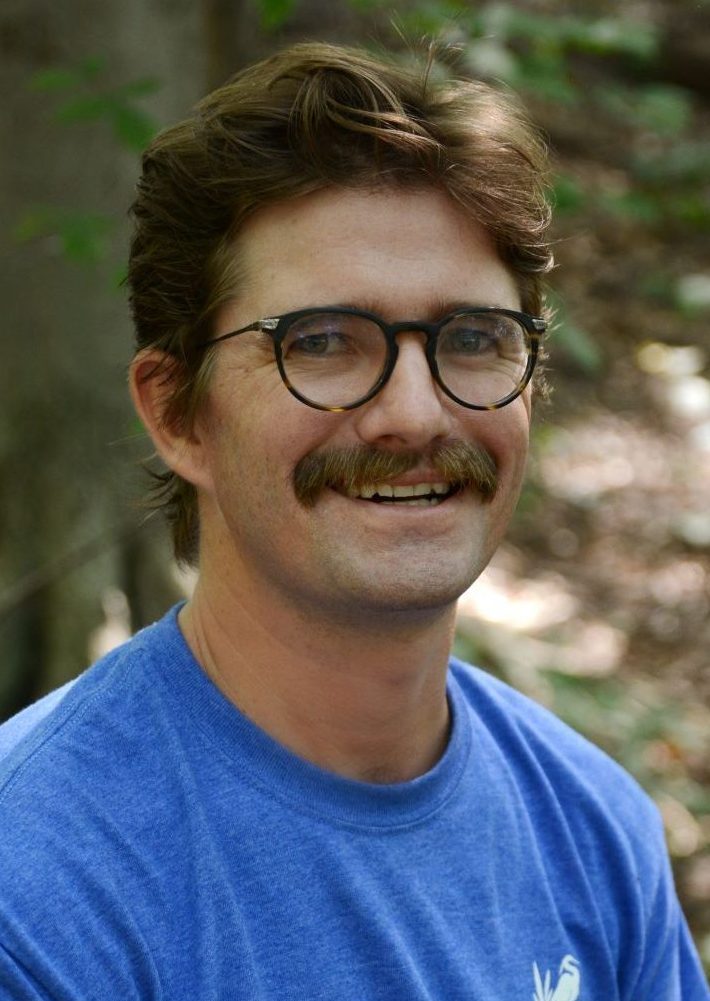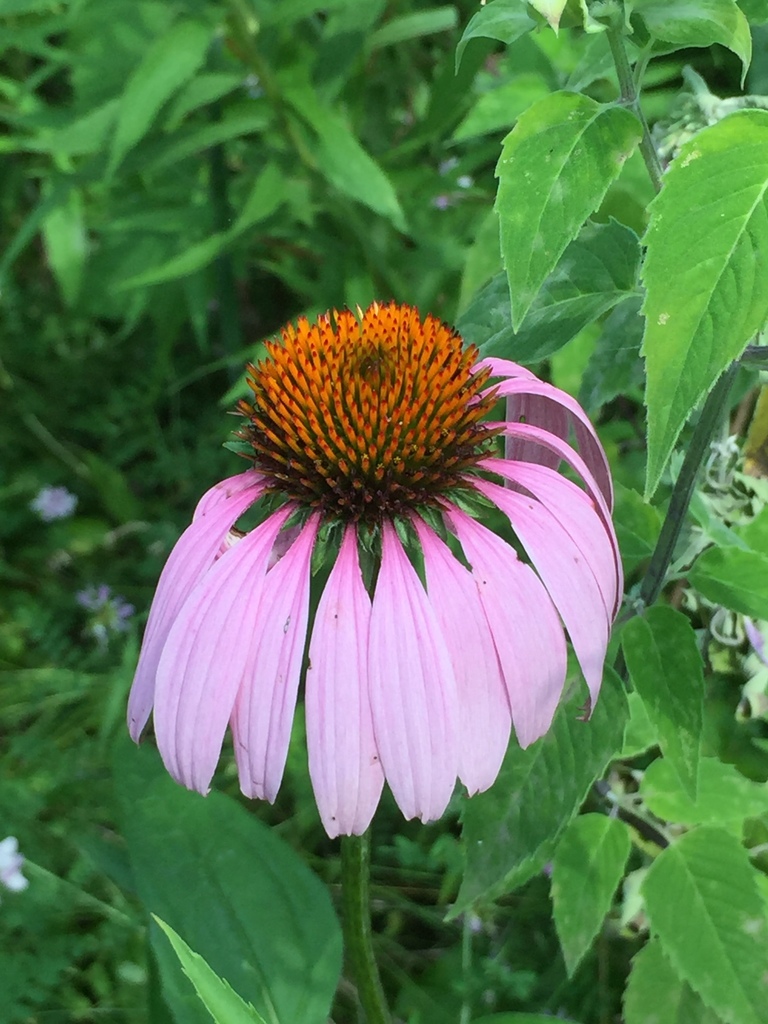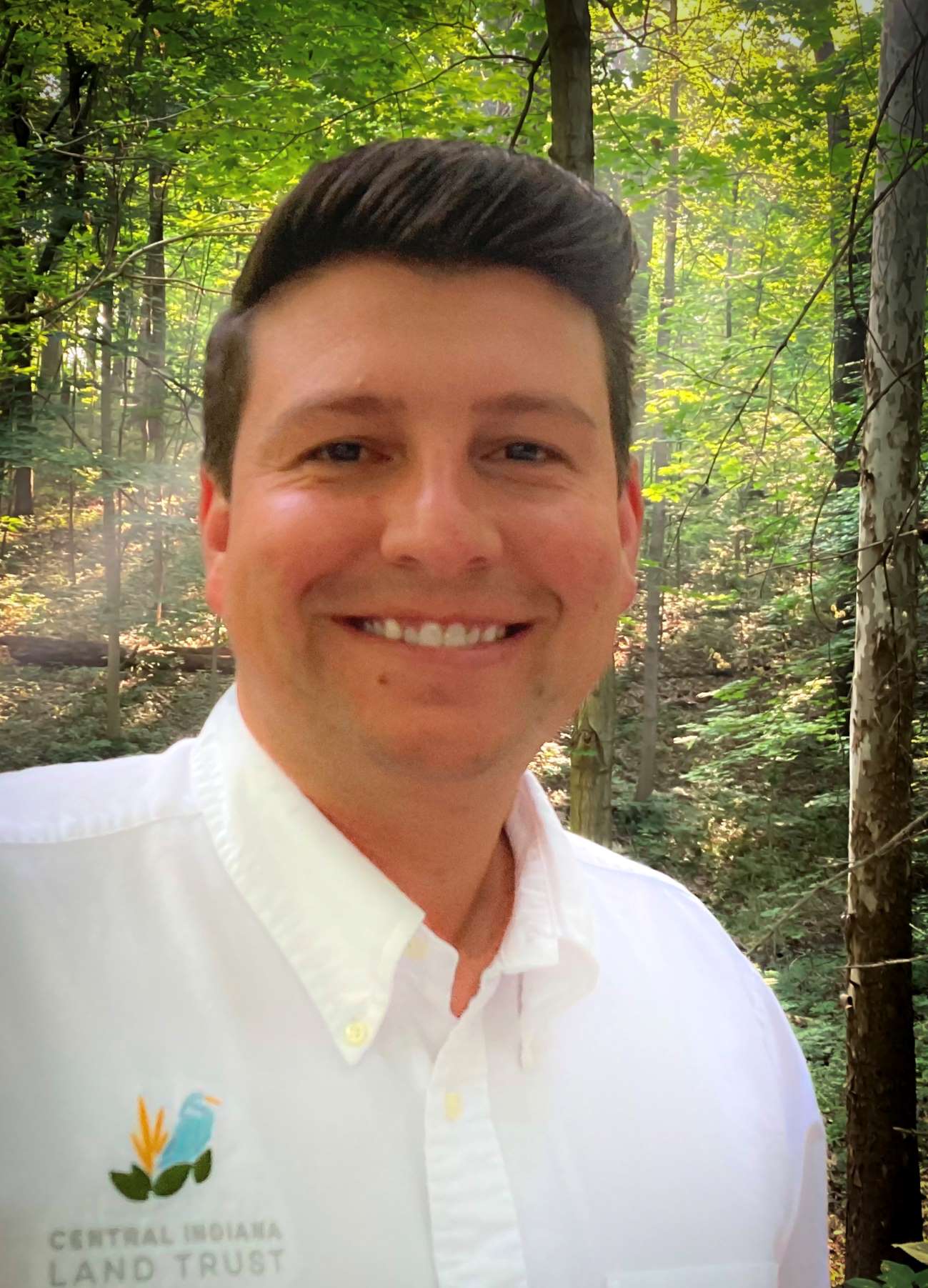First in a series on the Trek our Trails Challenge by guest blogger Ben Valentine
“The word ecology is derived from the Greek oikos, the word for home.” ― Robin Wall Kimmerer, Braiding Sweetgrass: Indigenous Wisdom, Scientific Knowledge, and the Teachings of Plants
“Nature is not a place to visit. It is home.” ― Gary Snyder, poet Continue reading →
Land Protection Coordinator
Ben Valentine
Guest blogger
Ben Valentine is a founding member of the Friends of Marott Woods Nature Preserve and is active in several other conservation organizations. He leads a series of NUVO interviews with Indiana's environmental leaders, and he cherishes showing his son all the wonders of nature he grew up loving.






